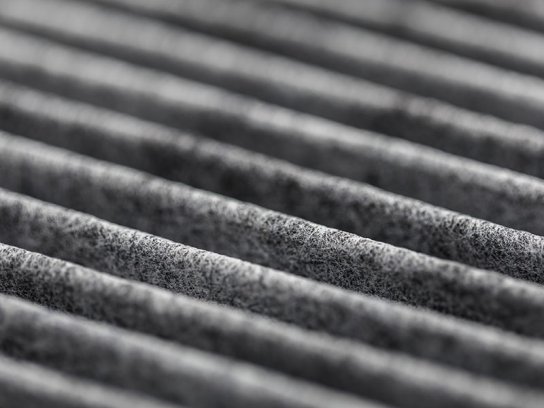
BFI stretches nonwovens possibilities
Market predicted to grow by over 8% in value in the next few years.

6th March 2024
Innovation in Textiles
|
Akron, OH, USA
The global consumption of industrial nonwovens in 2024 will be 5.3 million tons or 83.4 billion square metres, valued at $21.2 billion, according to a new report by Smithers, The Future of Industrial Nonwovens to 2029.
Growth rates for 2019-23 were 6.9% in volume and 6.7% in value, reflecting a recovery in some markets from Covid-19 as well as an adjustment to the Russian invasion of Ukraine in 2022 and its repercussions – inflation, energy supply/price and global economic growth reductions. Other external factors affecting industrial nonwovens include China’s slowing economic growth, over-expansion in many nonwoven products and ongoing geopolitical issues in the Middle East affecting Red Sea shipping.
Growth rates for 2024-29 are projected at 7.3% in tons, 8% in square metres and 8.2% in value. This accounts for projections that there will be an economic recovery globally by 2029.
There are almost 20 independent end-use markets defined as industrial nonwovens in the report and this diversification shields the overall market from certain issues.
When consumers are not buying new vehicles, governments are supporting road and bridge building and when the residential housing market slows, the non-residential market may surge. This has kept industrial nonwovens growing even in slow global economic growth periods. Projections in 2024 are that this slow growth period will end by 2029 (perhaps as early as 2025) and the overall industrial nonwovens market will benefit – the last four-to-five years have caused some slowing, for example, in the growth of the industrial wipes market.
The largest end uses are for industrial nonwovens are in building and construction, geotextiles/agriculture, filtration, automotive and coating substrates.
Some of the fastest-growing end uses are in filtration, geotextiles, shoes and footwear, conveyor belting, composite reinforcements and industrial wipes.
Full details of the report can be accessed here.

Business intelligence for the fibre, textiles and apparel industries: technologies, innovations, markets, investments, trade policy, sourcing, strategy...
Find out more